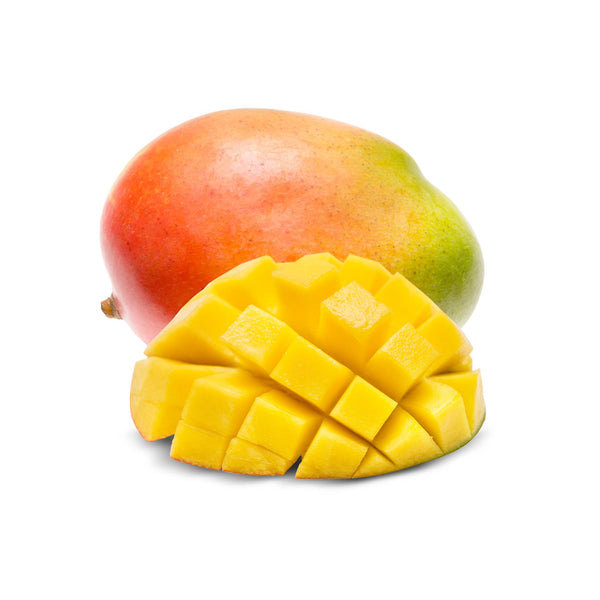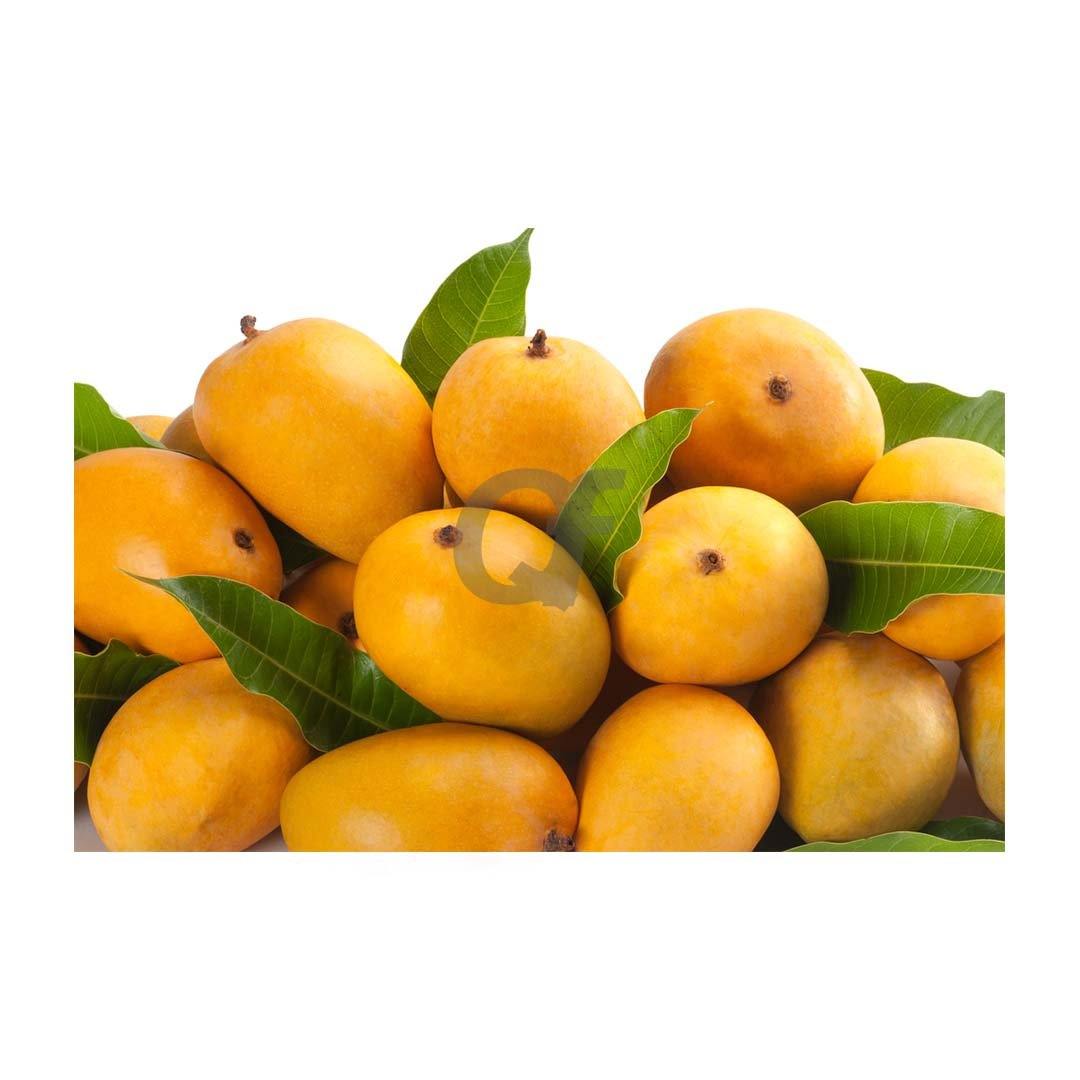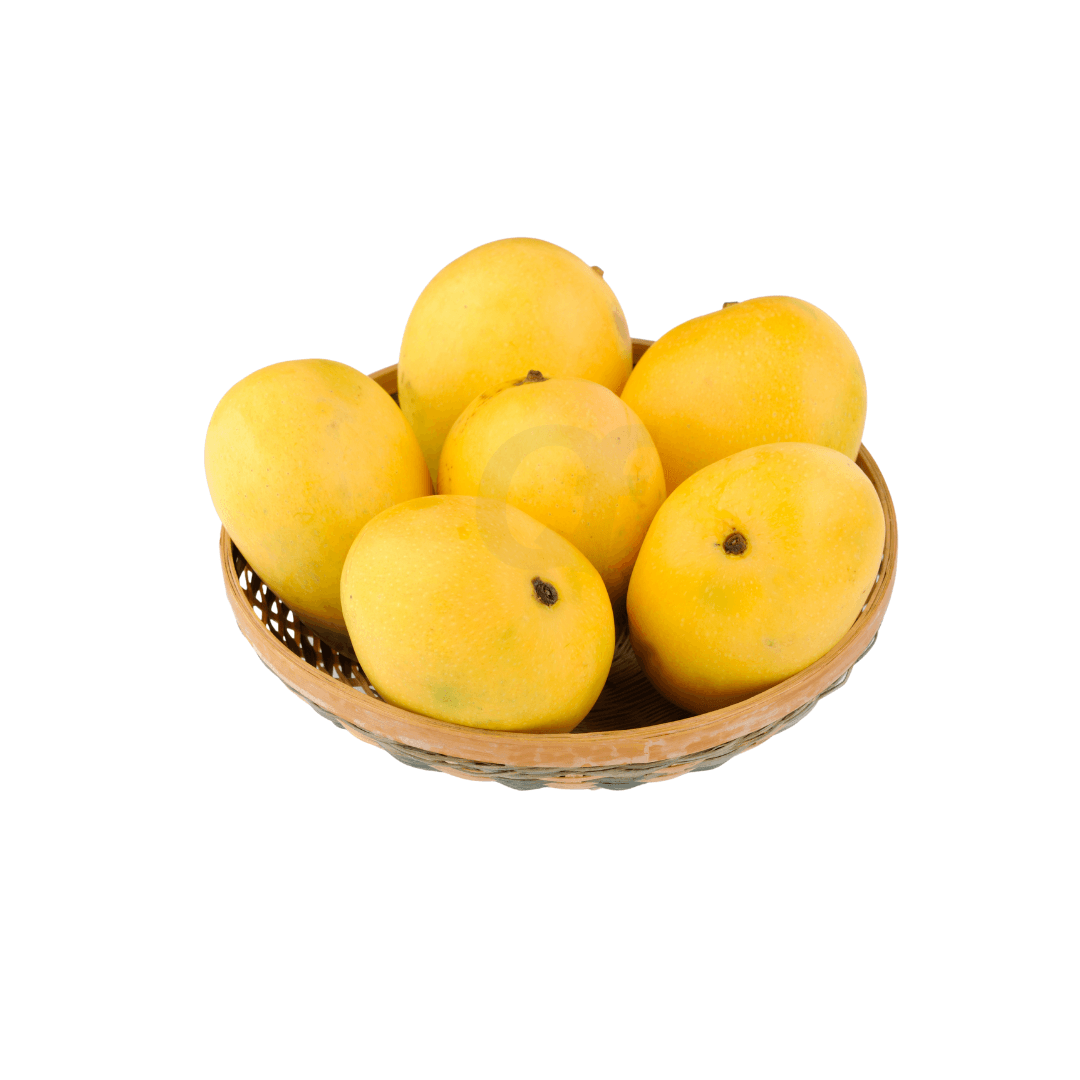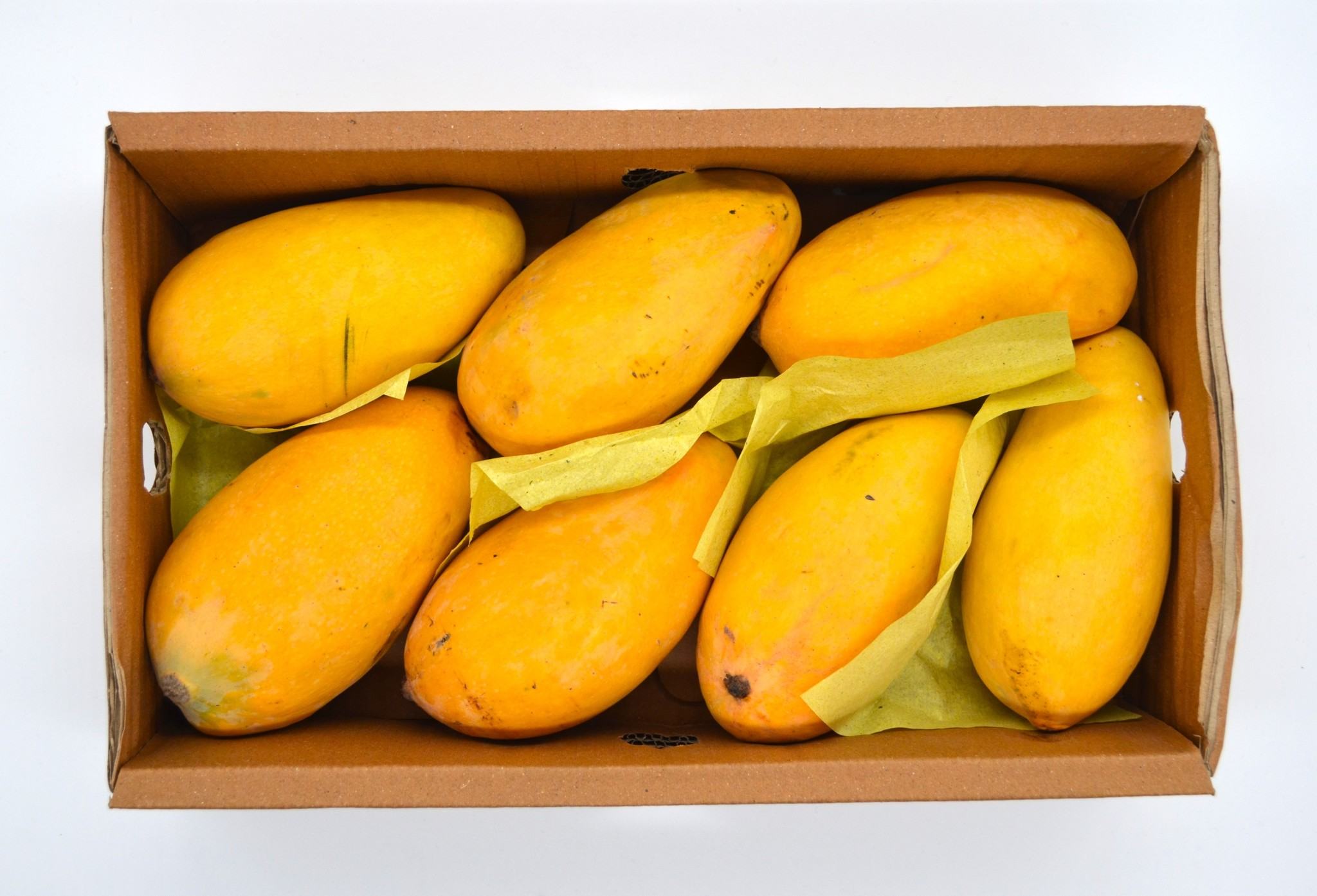Mango: The Exotic Tropical Fruit
Introduction
Country of Origin – India Average Weight – 350 Grams per fruit The mango, the fruit of the tropical tree Mangifera indica, is a culinary delight that has been enjoyed for centuries. Regarded as one of the most consumed fruits in the world, its rich history and cultural significance make it an integral part of many cuisines. In this product description, we will delve into the fascinating story of the mango, exploring its origins, flavors, textures, preparation methods, nutritional value, and more.
History
Mangoes spread from India throughout Asia and eventually reached other parts of the world. Mango seeds were transported to the Middle East, East Africa, and South America starting around 300 or 400 A.D. Brazil saw the introduction of mangoes in the early 16th century, and during the 19th century, they made their way to Mexico from the Philippines and the West Indies.
Regions
Mango is produced in many countries worldwide, with India being the largest producer. Other significant mango-producing countries include China, Thailand, Mexico, Indonesia, Pakistan, Brazil, Egypt, Bangladesh, and Nigeria.
Flavors & Texture
Mangoes have a slightly pine/evergreen taste with floral, terpene-y, and sweet flavors. Texture-wise, different cultivars may vary. Some mangoes have a soft, pulpy texture like an overripe plum, while others are firmer like a cantaloupe or avocado. Some varieties may have a fibrous texture.
Preparation
To prepare a mango, use a sharp knife to slice it lengthways on either side of the stone. Score a lattice into the flesh, being careful not to cut through the skin. Gently push out the flesh, slice off the cubes, and discard the skin. Cut the remaining flesh from around the stone into cubes and enjoy. Mangoes can be used in fruit salads, smoothies, juicing, or even in cocktails.
Nutritional Value
Mangoes are low in calories and are a good source of vitamins, fiber, and carbohydrates. | Nutrient | Per 100g | | — | — | | Calories | 65 kcal | | Fat | 0.3 g | | Carbohydrates | 17 g | | Fiber | 1.8 g | | Protein | 0.5 g | | Iron (% of the RDI) | 1% | | Potassium (% of the RDI) | 4% | | Vitamin C (% of the RDI) | 46% | | Vitamin A (% of the RDI) | 15% | In conclusion, mangoes are a delicious and nutritious fruit that can be enjoyed in various ways. Whether you prefer them ripe and sweet or slightly green and tangy, there’s no denying the allure of this tropical delight. With its rich history, diverse regions, and unique flavors, the mango is truly a fruit fit for kings (and queens, and foodies alike)!










There are no reviews yet.